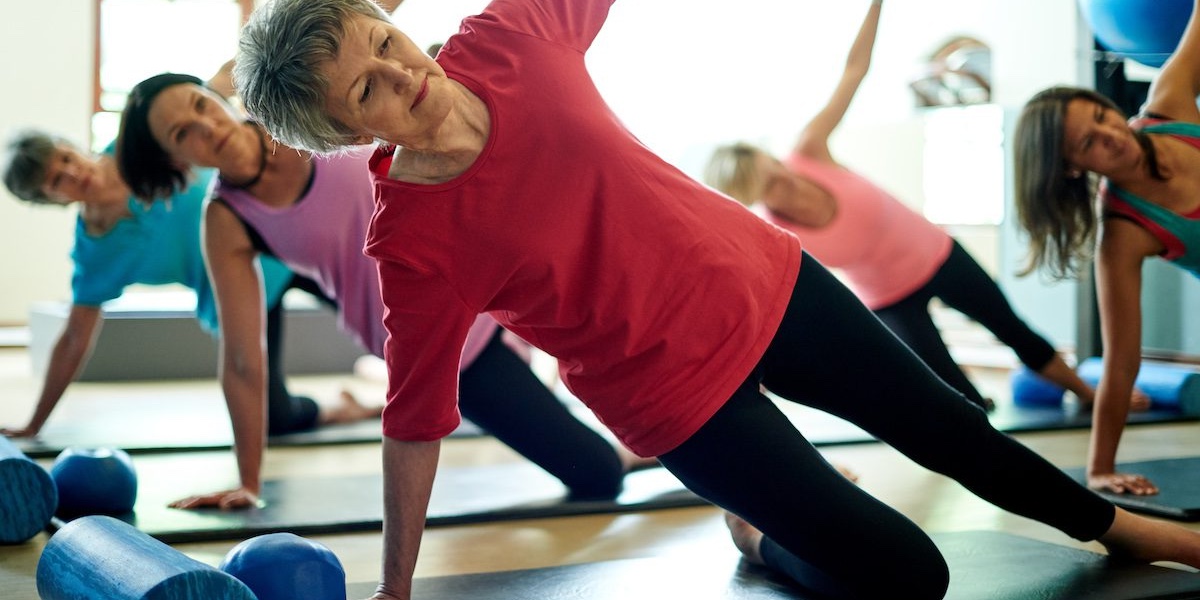Pilates in the context of physiotherapy is a specialised exercise method that focuses on strengthening the core, enhancing flexibility, and promoting body awareness through controlled movements. It is often integrated into physiotherapy programs to aid in rehabilitation and injury prevention.
Principles of Pilates
- Concentration: Focusing on each movement with full attention
- Centring: Engaging the core muscles as the foundation for all movements
- Control: Performing exercises with precision and control
- Precision: Emphasising proper form and alignment
- Breathing: Coordinating breath with movement
- Alignment: Maintaining proper body positioning
- Flow: Executing movements smoothly and continuously
- Integration: Engaging the whole body in each exercise
Short-term Benefits
- Immediate pain relief, especially for lower back pain
- Improved flexibility and range of motion
- Enhanced core strength and stability
- Better posture and body awareness
- Reduced muscle tension and spasms
- Improved balance and coordination
Long-term Benefits
- Chronic pain management, particularly for back pain
- Increased overall strength and muscle tone
- Enhanced flexibility and joint mobility
- Improved posture and alignment
- Better stress management and relaxation
- Increased body awareness and proprioception
- Enhanced athletic performance and injury prevention
- Improved cardiovascular health
Conditions Pilates Can Treat
- Chronic low back pain
- Neck and shoulder pain
- Arthritis
- Fibromyalgia
- Multiple sclerosis
- Postural issues
- Sports injuries
- Post-surgical rehabilitation
- Neurological disorders
- Pelvic floor dysfunction
What to Expect from Treatment
- Initial assessment to evaluate your condition and goals
- Personalised exercise program tailored to your needs
- Focus on core strengthening and proper breathing techniques
- Use of specialised equipment like reformers or mat exercises
- Gradual progression of exercises as strength and flexibility improve
- Integration with other physiotherapy techniques
- Regular reassessment and adjustment of the treatment plan
- Education on proper body mechanics and posture
- Emphasis on quality of movement rather than quantity of repetitions
Pilates in physiotherapy offers a comprehensive approach to rehabilitation and overall physical well-being, addressing both immediate concerns and long-term health goals[1][2][4][5].
Citations:
- [1] https://www.gaiam.com/blogs/discover/8-principles-of-pilates
- [2] https://orthophysio.com/10-reasons-to-put-clinical-pilates-into-your-physiotherapy-program/
- [3] https://www.dbchealthretreat.com/pilates/medical/conditions
- [4] https://health.clevelandclinic.org/everything-you-want-to-know-about-pilates
- [5] https://www.physio.co.uk/treatments/physiotherapy/pilates.php
- [6] https://pmc.ncbi.nlm.nih.gov/articles/PMC3666467/
- [7] https://www.ergotechealth.co.uk/pilates-and-physiotherapy/

